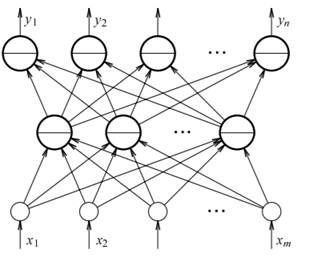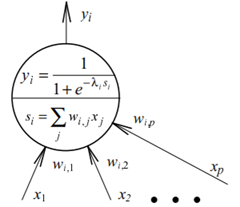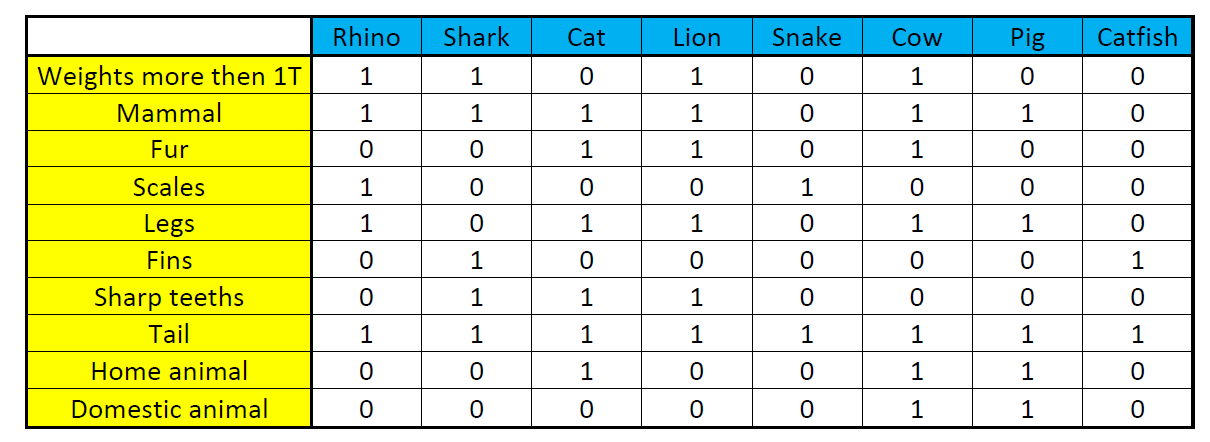Neural Networks
Artificial neural networks (ANN) or connectionist systems are computing systems vaguely inspired by the biological neural networks that constitute animal brains.[1] Such systems “learn” to perform tasks by considering examples, generally without being programmed with any task-specific rules. For example, in image recognition, they might learn to identify images that contain cats by analyzing example images that have been manually labeled as “cat” or “no cat” and using the results to identify cats in other images. They do this without any prior knowledge about cats, e.g., that they have fur, tails, whiskers and cat-like faces. Instead, they automatically generate identifying characteristics from the learning material that they process.

Neural network layers
Logical principle of neural network is finding a set of weights, that solve the required problem with a least means square error. This is mostly archived through process called backpropagation, where we take set of inputs, we take a forward pass of the neural network and we compare the output values with a desired output values (known solution for the required inputs). After this is done, we backpropagate the given error, and based on gradient computation we find a new, adjusted weights to the system.

Realization of neuron
In this exercise we will try to solve problem of animal classification with a trained neural network. Just as we do in computer image processing, we will evaluate set of if-then statements, which we call features, and set of required outputs, which we call general observations, or expert rules.

Try to exploit some strengths and weaknesses of learned neural network with an expert based rule system.
| Data | Value |
|---|---|
| Source | https://en.wikipedia.org/wiki/Artificial_neural_network |
| Code | 12_Neural_network_code.zip |